Care homes urged to let residents take 'positive risks' so they can be 'fully human'
Care homes are being urged to encourage residents to take 'positive risks' as it gives them more choice and control over their lives and allows them to 'become fully human'.
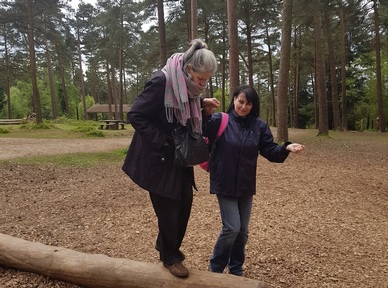
Anne Kelly, a registered nurse and Montessorian ‘aged-care’ expert believes care homes need to think more carefully about how they may be restricting the freedom of residents. She says: “It amuses me how we give people who've been cutting things out for 6o years plastic scissors.
“This explains how crazy sometimes our industry has gone. It’s a bit like saying people with dementia can’t iron. If they’ve been ironing for 60 years, why can’t they iron? Do we think they are going to put an iron on their face?”
The Montessorian method of caring for older people prizes the independence of the individual, and Ms Kelly is often surprised by how this independence can so easily be taken away in the care home environment.
She says: “Why do we think someone with dementia is going to pick up a knitting needle and start stabbing someone when they have been using them for most of their life?”
The dementia expert fears the care industry in the UK and other developed countries has gone into health and safety overdrive.
Instead of following best practice risk assessment guidelines, many caregivers are being overcautious and inadvertently restricting the basic freedoms of care home residents. She says: “People have the right to take risks. Yes, it’s important that things are risk assessed, but in our industry, it’s gone quite mad in some areas. We cannot wrap elderly people in cotton wool.”
The dementia expert believes care workers often have the best of intentions but can overinterpret health and safety guidelines to such a degree that residents end up having everything done for them.
‘Life itself is a risk’
An Australian Nursing Journal article called 'The dignity of risk' written by Professor Rhonda Nay at Latrobe University, states: “Life itself is a risk. We cannot eliminate risk without eliminating the person.”
Professor Nay concludes : "It is through struggling and overcoming challenges and taking risks that we become fully human."
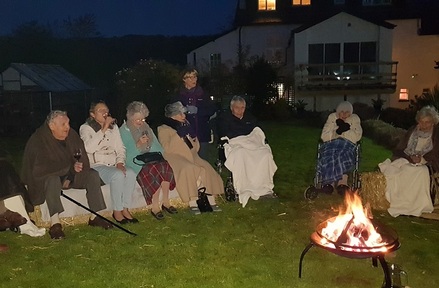
Ms Kelly is of the opinion that care homes get confused about safety regulations and end up ‘playing it safe’ when viewing risk. She says: “We are governed by legislation that is out there, I’m certainly not saying we don’t follow legislation, but sometimes it’s the interpretation of legislation.”
Both the Health and Safety Executive (HSE) and the Care Quality Commission (CQC) have legislative powers to act in the interests of safe practice in care homes, but they both encourage 'positive risk taking' for residents.
According to the HSE, risk assessments should enable people to live fulfilled lives safely, rather than be a mechanism for restricting their reasonable freedoms.
It states: 'Many care providers find it hard not to slip towards a risk adverse approach for a multitude of reasons, for example, resources, bad experiences and a fear of the consequences if things go wrong.'
Bonfire night sees 'residents toasting marshmallows' on open fire
Malden House, in Sidmouth, part of the Hartford Care Group, has recently gained an ‘outstanding’ from the CQC, and the registered manager of the home, Agnieszka Orlowska, feels strongly that residents should be encouraged to do things they want to, even it involves risk.
She says: “For us it is crucial to know our residents and their past, the things they loved to do, their passions and hobbies, the things they used to do with their families or important people in their lives.”
The home has worked with residents to help them realise long-held dreams and ambitions; supported with careful planning and risk assessment. One resident at the home wanted to jump from an aeroplane. Staff supported the resident with his wish, although ultimately, he was too nervous to go through with the jump on the day. 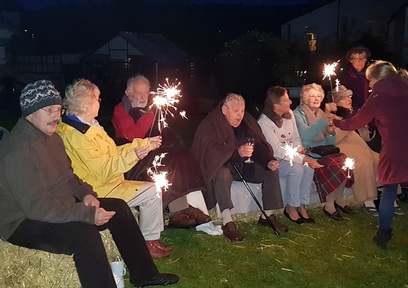
Another resident Gwen loved climbing trees and when she was a child she would “sneak out of the house through the window”.
When Gwen developed dementia, she started to do it again as it was very normal for her. After moving into the home, staff chatted to Gwen about her love of tree climbing. The care home manager explained: “After looking into the risk assessments and health and safety side we arranged for Gwen to go to GoApe. Gwen was very excited, and she loved to be in the forest.
“Unfortunately, when it came to getting strapped in the safety gear she didn’t like it. This wasn’t what climbing was all about for Gwen. We still enjoyed our walk around the forest and balancing on the logs.”
Whilst the two residents were both unnerved on the day, and didn’t go through with their ‘experiences’, they still enjoyed the day out.
Even more importantly their choice-making was respected, and it involved some amount of ‘danger’, making them feel more in control of their lives.
Ms Orlowska tries to encourage other residents who might be less inclined towards risk, to feel part of the excitement of care home life that's often seen as 'risky'. She says: “Our bonfire night includes an open fire with residents toasting marshmallows. This may be a normal thing to do but in many care homes this would be seen as a huge risk in many different areas.”
Ultimately, Ms Orlowska realises that risk-taking is about choice making - one of the most central freedoms that makes us human. She says: “When any of us knows that we can decide what we want to do, and we have the freedom to make the choice, we feel in charge of our lives. Just because someone has a diagnosis of dementia doesn’t mean that they stop having the same desires of living and making decisions.”
Latest Features News
 25-Nov-19
2019 Election: Boris Johnson leaves social care in 'too difficult box' but Labour vows to end 'crisis'
25-Nov-19
2019 Election: Boris Johnson leaves social care in 'too difficult box' but Labour vows to end 'crisis'
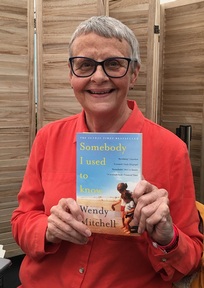 18-Oct-19
Podcast: Wendy Mitchell and dementia: 'My biggest fear is not knowing who my daughters are'
18-Oct-19
Podcast: Wendy Mitchell and dementia: 'My biggest fear is not knowing who my daughters are'
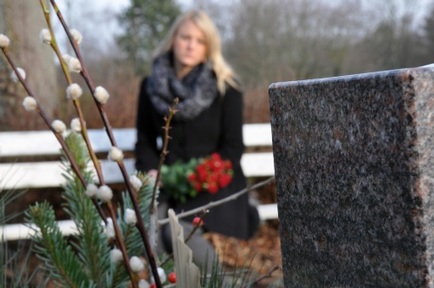 27-Sep-19
Exclusive: Care minister backs care workers' call for time off to grieve and attend funerals
27-Sep-19
Exclusive: Care minister backs care workers' call for time off to grieve and attend funerals
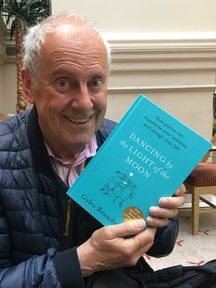 19-Sep-19
Podcast: Gyles Brandreth says poetry helps ward off dementia
19-Sep-19
Podcast: Gyles Brandreth says poetry helps ward off dementia
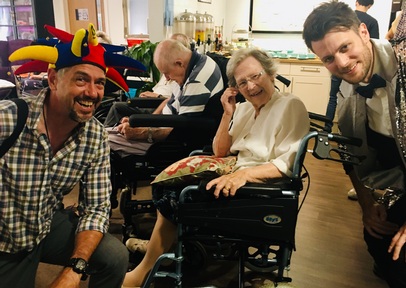 30-Aug-19
Edinburgh Fringe funnyman joins comics facing toughest audience at care home gig
30-Aug-19
Edinburgh Fringe funnyman joins comics facing toughest audience at care home gig